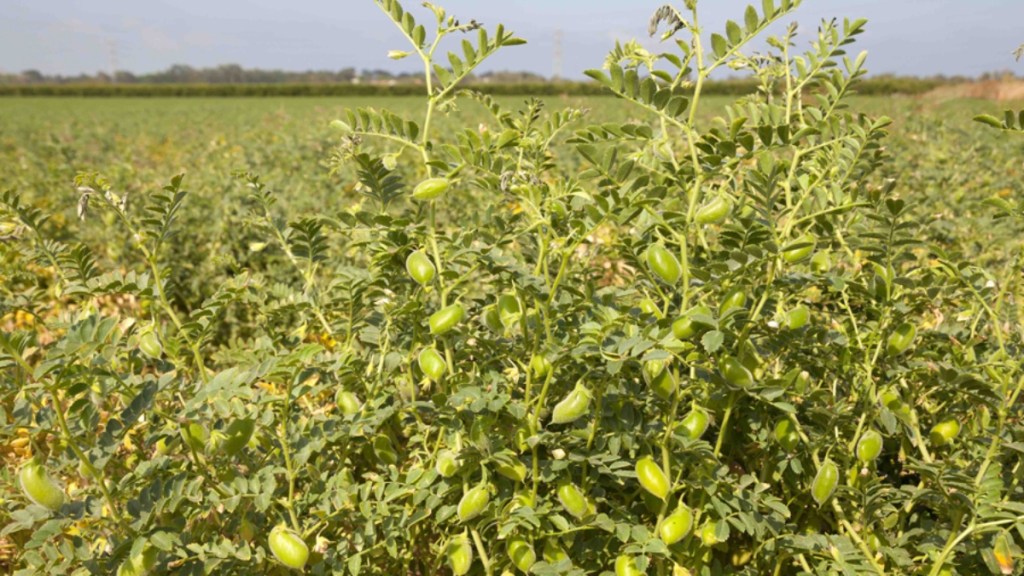Aimed at curbing the price spike that led the government to relax import norms, the department of consumer affairs (DOCA) has urged key pulses-producing states — Maharashtra, Rajasthan, Madhya Pradesh, Gujarat, and Uttar Pradesh — to expand the area under chana in the upcoming rabi season.
Encouraging farmers to increase the area under chana in the upcoming rabi season, would help in maintaining a stable price regime and also enhancing farmers’ income in the state,” said Nidhi Khare, secretary, department of consumer affairs, in a communication.
It noted that while the government has announced a minimum support price of Rs 5,650 per quintal for the 2025-26 marketing season (April-June) for the pulse variety, farmers’ actual earnings have exceeded the current MSP for the entire season, making it an attractive option for those in rainfed conditions.
Sowing of chana or gram is expected to commence shortly.
In the 2023-24 crop year (July-June) due to a 10% drop in chana output to 11.03 million tonne (MT) on year because adverse weather conditions pulled down the overall country’s pulses output by 7% to 24.24 MT on year.
However, trade sources had estimated a much higher drop in chana last crop year which forced the government to relax import duties on yellow peas and desi chana or bengal gram, used as a substitute for chana.
While noting that the availability and affordability of chana have significant implications on price stability and inflation management in the country, the department of consumer affairs communication has stated: “It has demand in various forms, including chana whole as vegetables, as dal and besan as key ingredients in multiple culinary items.”
Inflation in chana was 20.93% in October of the year and the rise in prices of pulses variety, which has a 50% share in the country’s output, had been in double digits since October, 2023.
The government has announced the procurement of chana under the price support scheme under MSP and price stabilisation fund to ensure that farmers receive fair and remunerative prices for their produce.
The official said with the above-normal monsoon rainfall resulting in sufficient soil moisture for rabi or winter crops, the area under chana, which has around 50% share in the country’s pulse production, is likely to increase sowing area in the coming season.
The gram split variety of pulses reported the highest price rise of 21.2% in September while the government is aiming to import about 0.2 MT and 1 MT of desi chana from Tanzania and Australia in the next couple of months aimed at improving domestic supplies.
In December last year, the government allowed the duty-free import of yellow peas while an import duty of 50% was imposed on pulses variety in 2017 to encourage domestic production. The duty relaxation on yellow peas has been extended till December 31.
As the part of second phase of Bharat Chana Dal retail market intervention, 0.3 MT of pulses from the buffer is being converted to chana dal and chana whole is currently being sold at Rs 70/kg and Rs 58/kg respectively through various retail outlets.

